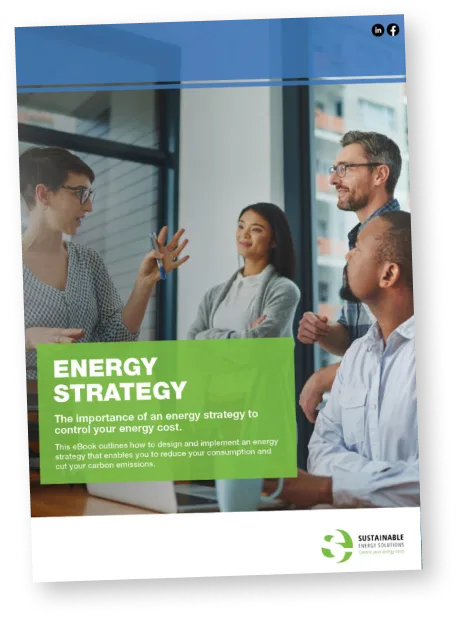Read our latest article by Andrew Reuss, Director, as he outlines the opportunities and risks of purchasing electricity and gas from the Spot market.
Know your options when buying energy
When it comes to energy procurement, commercial and industrial energy users have more options and greater flexibility, including purchasing electricity and gas from the spot market. In the electricity and gas spot markets, energy is bought and sold based on the current spot price. The Spot price is essentially a reflection of supply versus demand averaged over half hour intervals. This is in contrast to futures, where market participants can purchase contracts of a certain amount of electricity or gas at a future date, with prices driven not only by supply and demand but by a broad range of factors that are analysed by traders to determine daily contract prices. These include future energy security, renewable energy coming into grid as well as global drivers.
As with any purchasing decision, the electricity and gas spot markets offer different risks and opportunities that are more or less suited to different types of customers.
Here we overview some of those risks and opportunities:
RISK – Volatility / OPPORTUNITY– Savings
Electricity and gas spot market prices are highly volatile and affected by a range of factors, including supply disruptions, weather conditions and geopolitical events. Price surges can drastically impact a business’s bottom line, while conversely, favourable market conditions can enable considerable cost savings.
For example, the graph below compares electricity demand versus price over 24 hours, with prices in NSW surging above $16,000/MWh for two 5-minute intervals, before falling back under $100/MWh soon after:

This graph from June 2022 shows both electricity and gas spot prices, which both spiked 300-400% in a short period of time. Prices then remained elevated until AEMO intervened:

RISK – Uncertainty / OPPORTUNITY – Flexibility
Due to price fluctuations, relying on the spot market can be difficult for businesses looking to budget and forecast expenses. While vanilla (futures) contracting enables accurate forecasting for 12, 24 or 36 months, there is no guarantee what the spot market will do in a year, or a week, or an hour from now. At the same time, for a sophisticated energy customer with an attuned strategy, this provides a welcome degree of flexibility and agility, allowing a business to respond in real-time to shifting market dynamics.
RISK – Reliability / OPPORTUNITY– Strategy & Hedging
As the spot market is a reflection of the current supply and demand of electricity and gas, it is more susceptible to unforeseen events such as natural disasters, demand spikes, or plant closures or failures. Not only will such events drive price fluctuation, they can also invite government intervention and regulation. In June 2022, for example, the Australian Energy Market Operator was forced to suspend the electricity spot market across all regions of the National Electricity Market in order to ensure a reliable supply of electricity for Australian homes and businesses:
“The situation in recent days has posed challenges to the entire energy industry, and suspending the market would simplify operations during the significant outages across the energy supply chain.” AEMO CEO, Daniel Westerman.
Just over a week later, AEMO ended the suspension and returned to regular operation. More recently, we have seen the Federal Government implement a Mandatory Gas Code of Conduct for the east coast market, which has been largely welcomed by gas producers and users alike.
For a savvy business, monitoring and understanding these trends and price drivers can add a greater strategic dimension to energy procurement. A sophisticated and dedicated energy customer might even consider diversifying their energy procurement to include a mix of both spot market purchases and future contracting, allowing the business to enjoy the reliability and predictability of a futures contract while also remaining open to the strategic timing and cost saving opportunities of the electricity and gas spot markets.
Is the spot market right for your business?
In a nutshell, there is opportunity in the electricity and gas spot markets, but this is a higher-risk strategy and typically for a more sophisticated energy buyer. It is also important to note that this information is non-exhaustive and that there are other alternative procurement options available for commercial and industrial energy users. For example, if you are considering the electricity or gas spot markets, you might also be interested in Progressive purchasing. Progressive purchasing allows corporate users to spread their timing risk by progressively locking in their energy prices over a long period, helping to smooth out the market highs and lows—therefore, avoiding the timing risk of being forced to lock into a contract at a high point in the market.
Wanting a tailored discussion about your business-specific needs?
To discuss your business’s gas needs or future contracts, chat to our team of experts by filling out our contact form or calling us on (02) 9371 4153.
*Disclaimer: This article is general information only and does not constitute financial advice. Electricity and gas commodities are volatile markets and prices vary daily.

